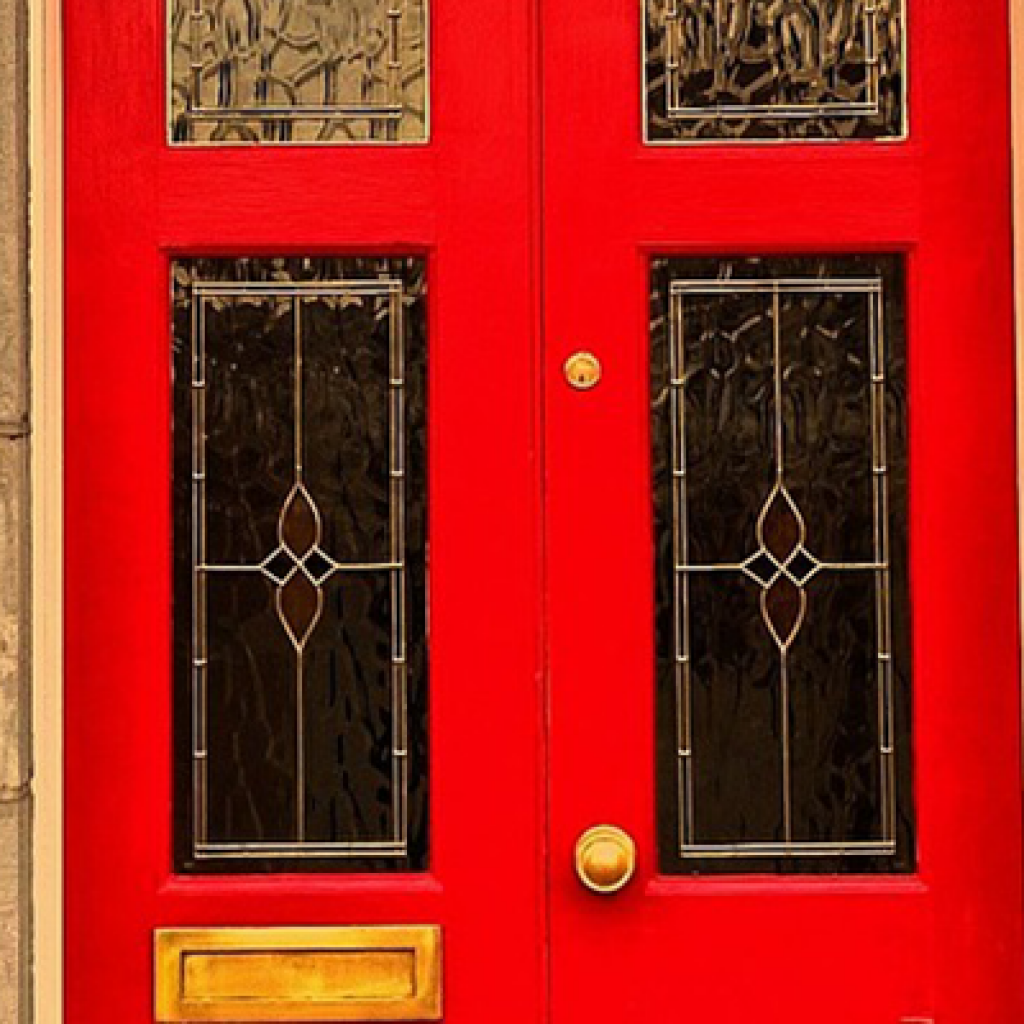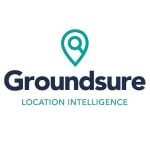"Maps are a very basic fundamental knowledge tool, woven into our urban environment, and silently improving our lives in all sorts of ways". Harry Wood, a member of the Humanitarian OpenStreetMap Team board.
We all take maps for granted. We use them every day on our laptops, phones and tablets to decide how we’re going to navigate a new route to work, or to find out where the nearest hospital is. They help form the initial basis for many of our decisions, sometimes even where we’re going to live and work.
But what if you lived in one of the world’s poorest areas, where basic information about the surroundings wasn’t available? Most people don’t think about it, but something as simple as a map of a city and its major landmarks and residential areas can help save thousands of lives in areas prone to natural disasters and epidemic diseases.
Basic mapping of an area, including its geological landscape and surrounding infrastructure, provides vital information about where people live and how they move around, allowing aid workers to make informed decisions about where to put treatment centres and to predict the likely spread of disease and its origin.
Maps have been used to track the spread of disease since 1854 when John Snow first noted the spatial clustering of cholera victims surrounding the Broad Street well in Soho, London. In more recent years maps have proved an invaluable tool in disaster response efforts, as demonstrated by the UK-based charity MapAction. Their volunteer GIS professionals have helped create operational pictures of a crisis for international aid agencies during the Haiti earthquake of 2007, the Pakistan floods in 2010 and the recent 2014 Ebola crisis in Liberia and Sierra Leone to name a few.
This use of maps has been mostly reactionary, but what about using current technology to pre-empt a disaster and ensure we are ready for it? MissingMaps is a new initiative from Médecins Sans Frontiáres (MSF), the British and American Red Cross and the Humanitarian OpenStreetMap team (HOT) which aims to build basic maps of previously uncharted residential settlements, which could help improve millions of lives by identifying infrastructure gaps and preventing the spread of deadly and infectious diseases.
The project is due to launch on 7th November 2014 and will let anyone, anywhere in the world annotate maps to show dwellings and infrastructure that were previously unknown. It is hoped that infrastructure mapping like this could help contain/prevent the spread of future disease outbreaks, like the current Ebola crisis which has so far claimed the lives of close to 5,000 people in remote regions of West Africa1.
Volunteers are currently mapping regions within the Democratic Republic of Congo and South Sudan to ensure that if an outbreak occurs in either state, more accurate maps will help health workers respond quicker and contain the worst of the disease2.
The project aim is to map the most vulnerable and poorest urban areas of the world within 2 years. The maps are created firstly by using aerial imagery as a base map. Volunteers can then log on remotely and trace buildings and large feature outlines (such as roads, parks, rivers) so that when the imagery is removed, a basic initial map remains. These maps are then printed and posted to volunteers in the city who fill in road names and buildings. Completed maps are then posted back to MissingMaps HQ and placed on OpenStreetMap, which is open source and freely available for anyone to use and update.
Since anyone in the world with an internet connection can participate in the initial and last stages, the mapping of an entire city can take less than a day if there are enough volunteers. Volunteers recruited by Humanitarian OpenStreetMap Team during the initial Ebola outbreak earlier this year were able to map three cities in West Africa in just 20 hours.
The implications of having accurate, real-time maps of developing cities and remote settlements is vast and can help locate infrastructure gaps for urban planning, housing strategy and waste removal systems, improving everyday life and limiting pollution and therefore the source of many illnesses.
If you would like to get involved and volunteer to help the Missing Maps Project, or even host your own map party you can sign up here: http://www.msf.org.uk/missing-maps-project.
Sources of Information
1. http://www.bbc.co.uk/news/health-29847058
2. http://news.sky.com/story/1363115/ebola-better-maps-could-have-helped-fight-virus




















